When designing a kitchen, bathroom, or table countertop, it’s a brilliant idea to add some stunning color to it with ceramic tiles.
The thing is, oak, birch, plywood, or any type of wood are natural products. They stretch or shrink with the heat and humidity. Meanwhile, tiles are a synthetic product and hardly shrink or stretch.
Thus, when sticking tile to wood, the artifact might be entirely spoiled.
How to glue tile to wood without anything wrong? Gluecare will answer all your most frequently asked questions and show you the detailed steps.
Things You’ll Need
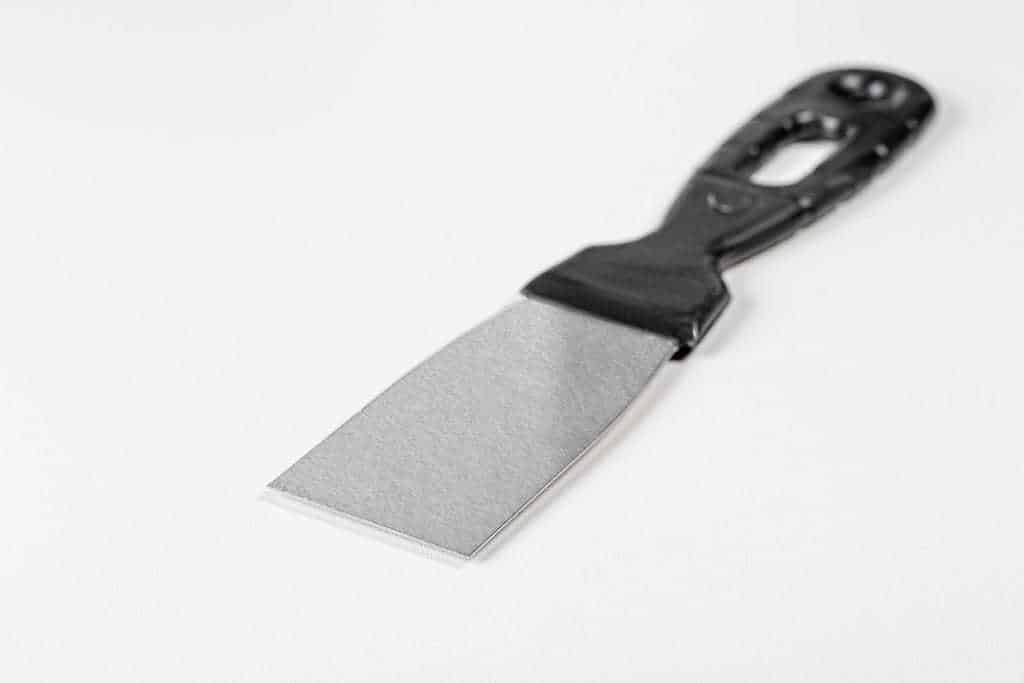
Mastic glue for tile is the most cost-effective solution for attaching tile to wood. This epoxy can fix the tiles into plywood effortlessly, so you can use it to stick tiles to your wood subfloor.
However, mastic doesn’t apply to outdoor tiling since it is susceptible to harsh weather, such as rain, sleet, hailstorms, or bright sunlight.
The list of items needed for accomplishing the job consists of:
- Wood filler
- Screwdriver
- Chalk line tool
- Tape measure
- Mastic
- Pencil
- Scraper
- V-notched trowel
- Level
- Mastic remover
- Tile cutter
- Rubber mallet
- Rubber grout float
- Grout
- Sponge
How To Glue Tile To Wood: Step-By-Step Instructions
Before proceeding with the process, remember to work in well-ventilated areas if you’re using mastic and grout.
1: Smoothen Wood Surface
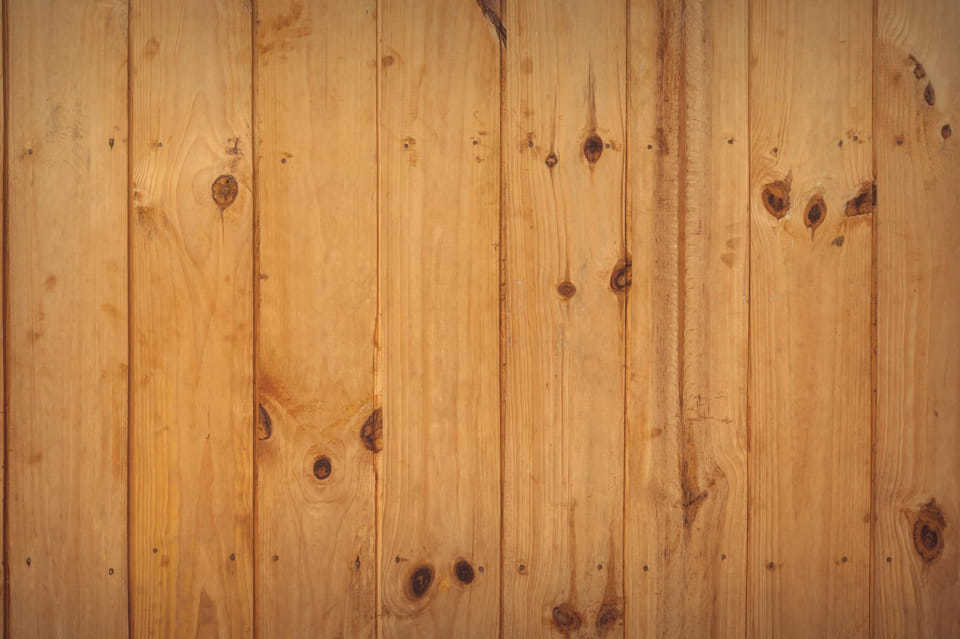
Ensuring an even wooden surface is essential before starting the major procedure. You can smoothen the finish of wood using wood filler.
Identify all the cracks, holes, and sizable gaps on the cedar surface with the prepared wood filler.
Without this step, your cedar will cause tons of problems later since these gaps prevent appropriate gluing.
After adding the filler, wait for it to completely dry up, then move to the next step.
2: Take Measurements

When your plywood pieces show signs of stretching or shrinking while the tile doesn’t, you need to use some crack isolation membrane to ensure harmony between tiles and ash.
This ingredient will generate a buffer, hence preventing differences in length between the tile and the ash.
3: Apply the Glue

Apply mastic glue on the plywood finish where you’re going to attach the tiles. Ensure that the layer is as thick as your ceramic tiles.
4: Remove Spilled Glue
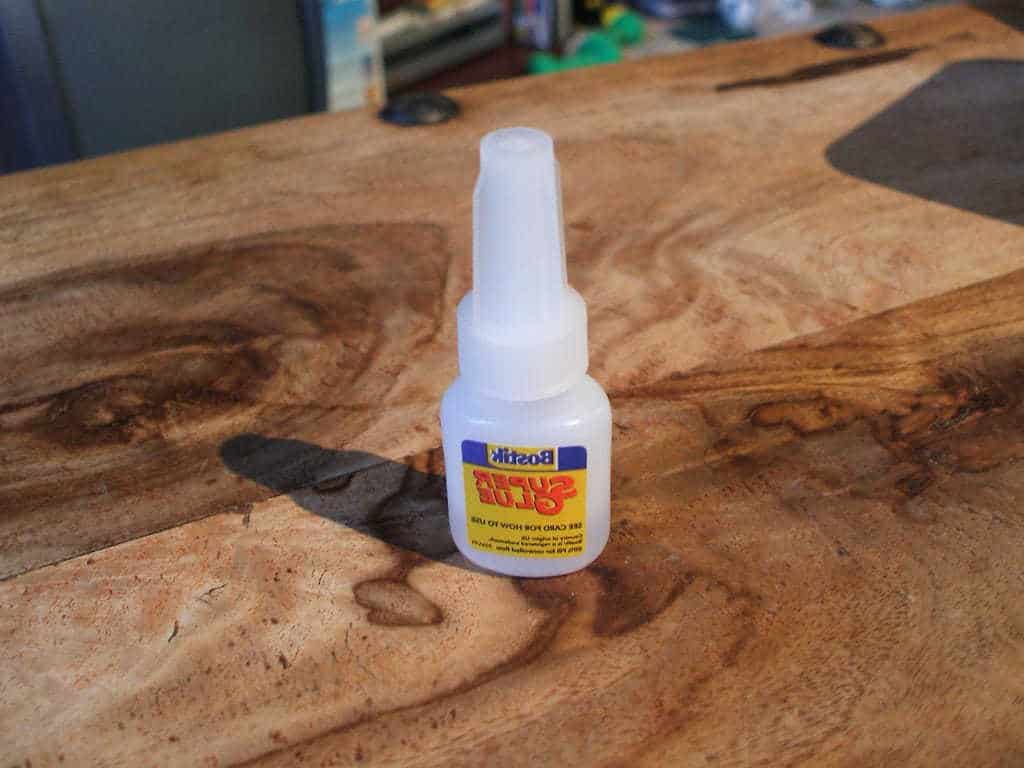
It’s important to instantly remove spilled glue on your plywood board since it’ll be laborious to scrape off once dried.
Follow those chalk marks and remove the spills or drips immediately. If the epoxy has dried on your plywood surface, gently scrape it off with a mastic remover.
The best idea is to allow the mastic to sit on the hardwood finish for the certain time suggested in the product’s instruction manual.
5: Add Tiles To Wood
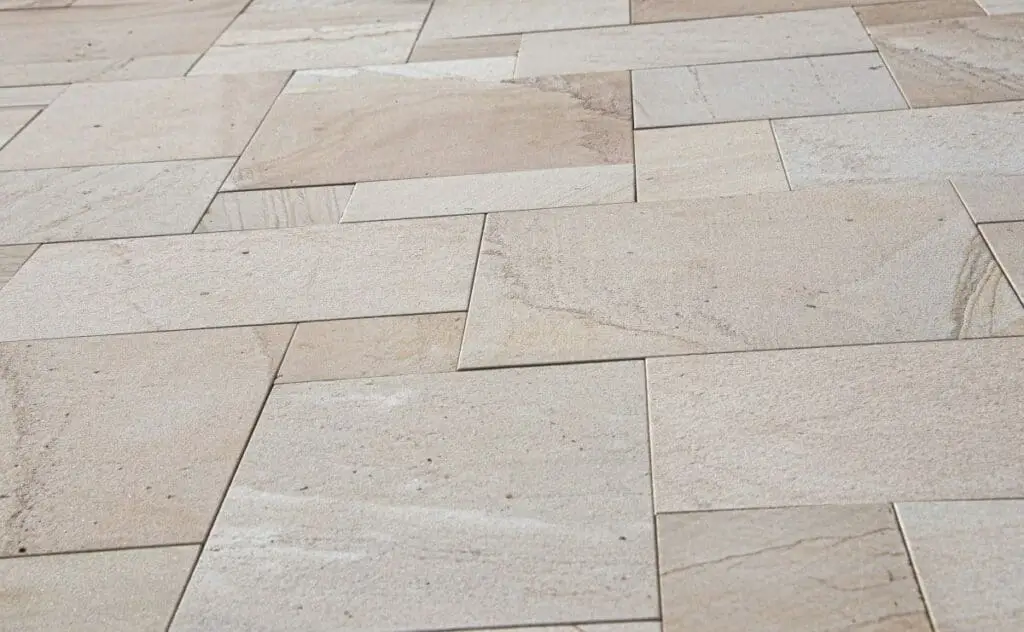
This step is the most critical part of the process. Any mistake or misstep will destroy your entire effort.
Arrange your ceramic tiles into mastic glue spread on the plywood board following the chalk mark of the design. Piece by piece, gently press the tiles to make them set on the board correctly.
6: Cut Unnecessary Tiles
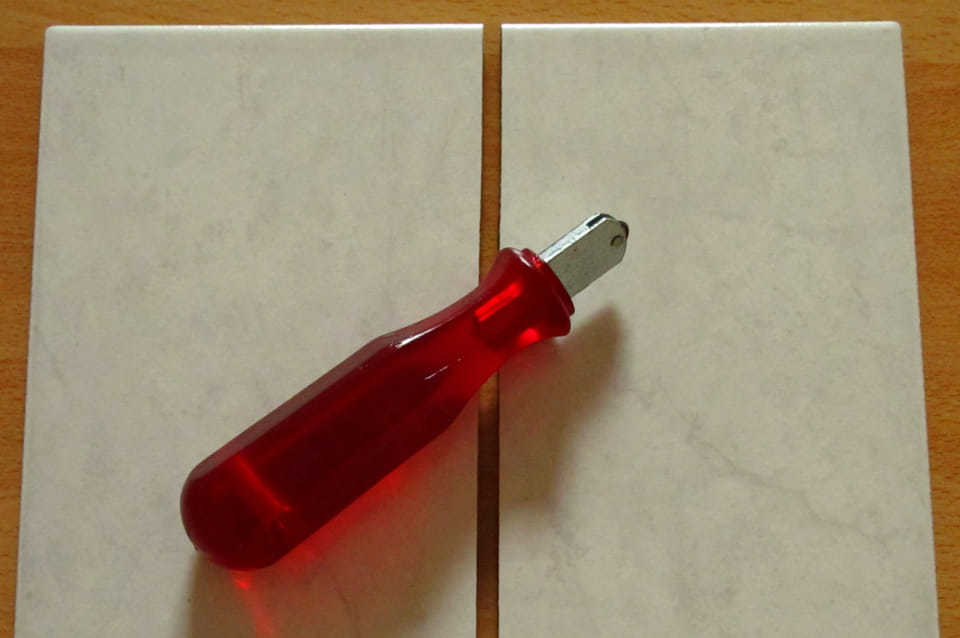
If you find tiles crossing the cedar area’s edges, cut those extra parts or inches off the tiles using a tile cutter. And fill other small gaps (if there’s any) with these cut tiles.
7: Prepare a Grout Powder Mixture
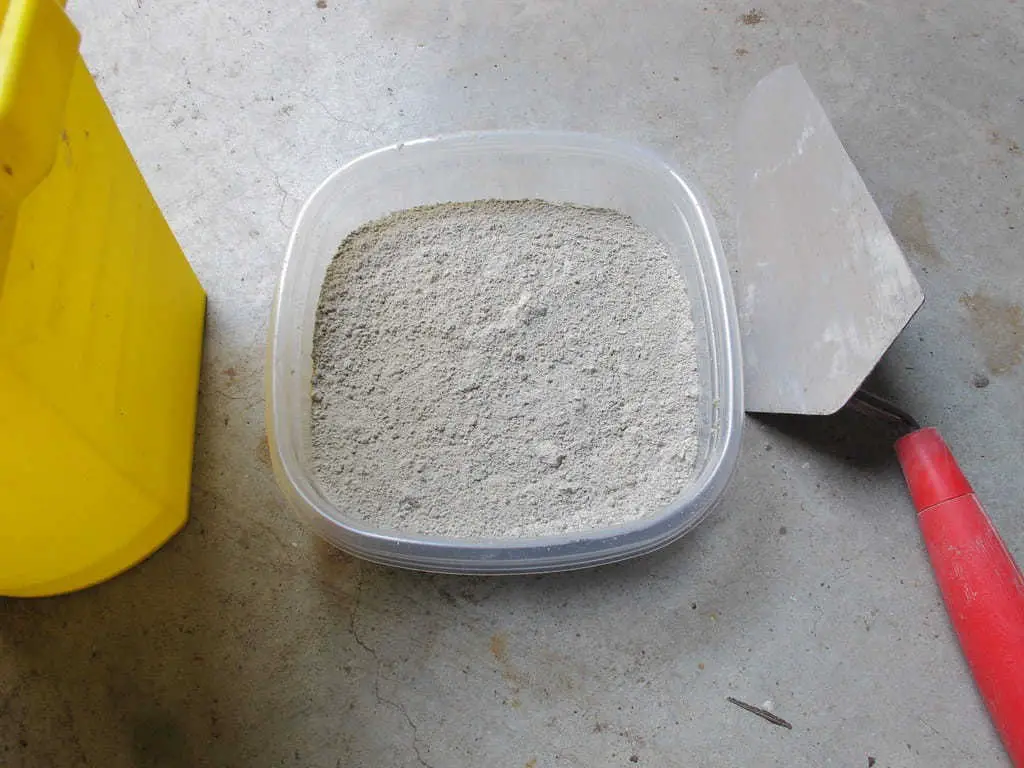
Grout powder is a combination of cement, sand, and water, and you can use it as a gap filler and fill all the holes or vacancies in your floor or table design.
The dough’s consistency should be thick and uniform.
Take a vast spoon of grout powder with a rubber float and examine the consistency. Once you ensure that it looks even and flat, apply the grout between the two joints where gaps exist.
8: Remove Excess Grout
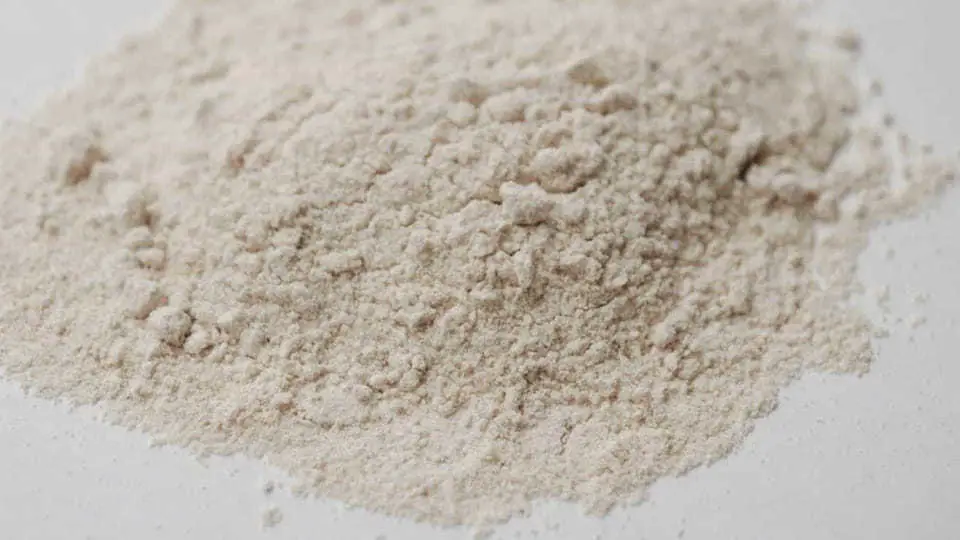
Because the powder mixture already fits into gaps between ceramic tiles, sponge off any residue grout where there’s a spillage.
You should keep the tiles’ upper side clean. And if even a tiny amount of grout mixture dries, removing it can be a weary task.
9: Wait for the Grout to Cure
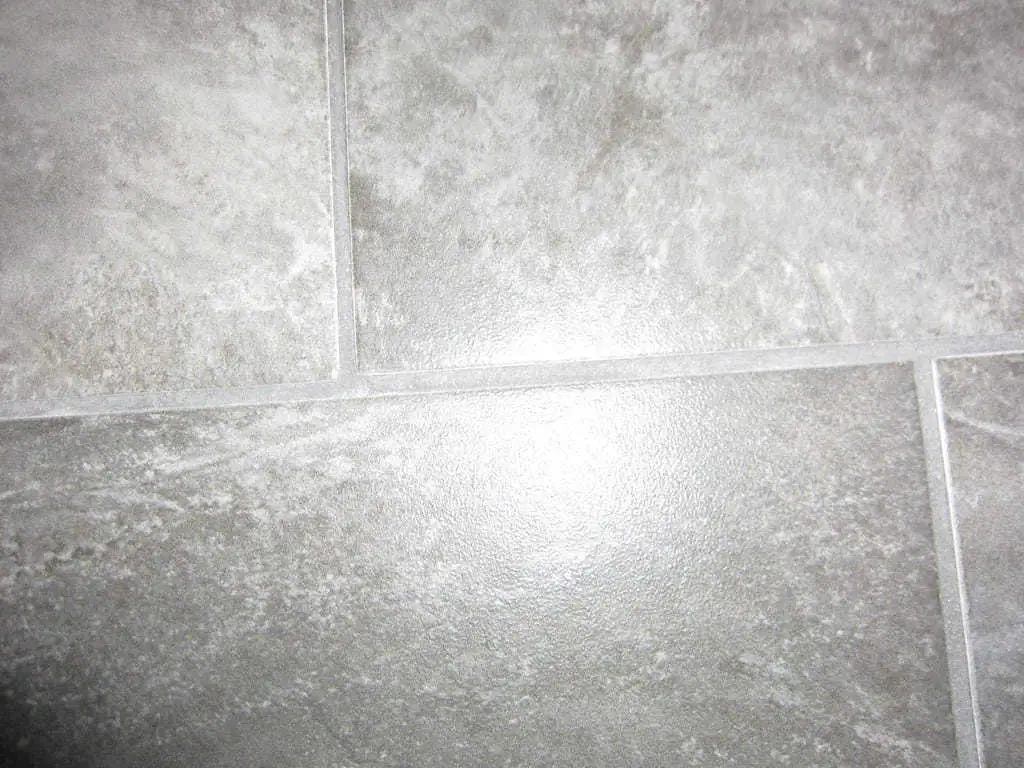
Keep sponging until you ensure to remove all the excess grout from the wood slab and that the mixture is set correctly between those gaps.
Once the grout no longer seems to ooze out of the joints, let it set in for about 24 hours. Clean the wooden surface and the metals using quality wax.
So, you’ve successfully attached a baked clay sink to a wood drawer chest.
You can go for the same steps and process when finding solutions to similar practical problems.
That’s all about tiling on wood surfaces. Let’s head to the section of related questions.
FAQS
Most of the additional questions we’ve received are about the glue type to you, whose answers can be summarized in the two questions below.
Which Glue to Use on Your Tiles?
If you’re looking for epoxies that will stick best and the longest to ash, water-based adhesives are the way to go.
Remember to check the product’s info thoroughly before using them and ensure that it will work on either your cedar and tile or other materials, like a leveling compound, used to make the flooring even and flat.
What to Look For When Buying Glue?
It’s advisable to check a couple of things before buying glue for a project.
Drying time: This factor determines how many times you have to set everything up before the adhesive starts to dry.
“Recommended use”: It’s better to ensure that glue applies to the materials you’re working on.
Area coverage: Each adhesive will have a specific square foot coverage. Consider the size of your project to know how much glue to buy.
Conclusion
Creating and designing furniture with metal or ceramic tiles is an enjoyable and exciting DIY project.
If you achieve the mastery of how to glue tile to wood, you can apply this skill to work with other objects. Though attaching marble or Plexiglass is a bit different, these materials share the same nature.
So, keep playing with your DIY projects, and happy crafting!
Related article:
- How To Glue Plywood Together? 9 Easy Steps With The Best Glue
- How to Glue Fabric to Wood: Effective Materials and Methods

